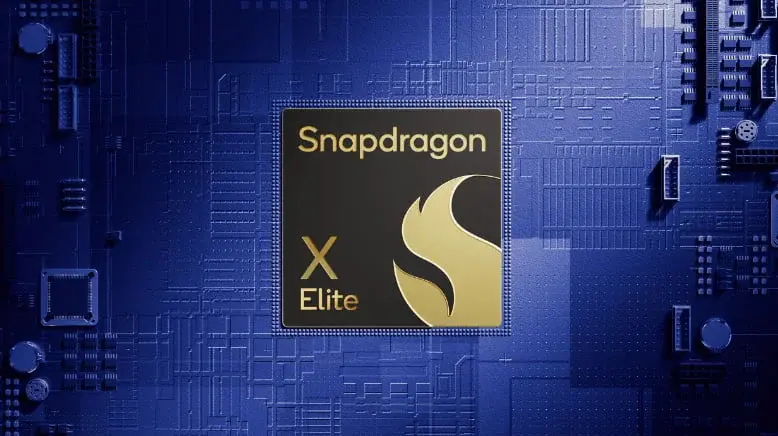DELL recently introduced five laptops powered by Snapdragon processors, including the XPS 13 (9345), Inspiron 14, Inspiron 14 Plus, Latitude 7455, and Latitude 5455. Thanks to the Snapdragon chip, the XPS 13 has seen a significant improvement in battery life compared to its Intel-powered counterpart.
During the Computex keynote, Qualcomm’s CEO Cristiano Amon invited Dell’s senior executive Sam Burd to discuss the impact of integrating the Snapdragon X Elite chip. According to Burd, the new Snapdragon-powered XPS 13 now offers "multi-day battery life."
The Efficiency of Snapdragon-Powered Laptops
Burd highlighted that the laptop can achieve 27 hours of video streaming on a single charge, which is 9 hours more than the Intel version.
The XPS 13 with Intel’s Meteor Lake series Core Ultra 7 155H CPU features the same 55Wh battery as the Snapdragon X Elite, X1E-80-100 version. The Snapdragon variant is evidently more power-efficient, maintaining the same 13.4-inch FHD+ display with 500 nits peak brightness. It also includes the same 60W Type-C adapter for charging as the Intel model.
Specifications and Features
The new Arm-based XPS 13 is equipped with 16GB LPDDR5X RAM and a 512GB M.2 PCIe NVMe SSD. For connectivity, it offers 2 x full-function USB-C ports with 40Gbps bandwidth, Power Delivery, and DisplayPort support.
Additional features include a Graphite backlit keyboard with a fingerprint reader and a multi-touch gesture-enabled precision touchpad with haptic feedback. The laptop also comes with a 1080p webcam for video calls and an IR camera for facial recognition.
For audio, the XPS 13 includes a quad-speaker system that features both a tweeter and woofer (2W x 4 = 8W total).
Advanced AI Capabilities
In addition to its power efficiency, the new XPS 13 also benefits from the AI capabilities of the Snapdragon chip. It supports Microsoft’s new Recall feature, which answers questions based on recent activities on your computer. It takes snapshots of apps, files, emails, and websites you’ve interacted with and saves them locally. Combined with AI, this feature allows for more efficient task management.




Leave a Reply